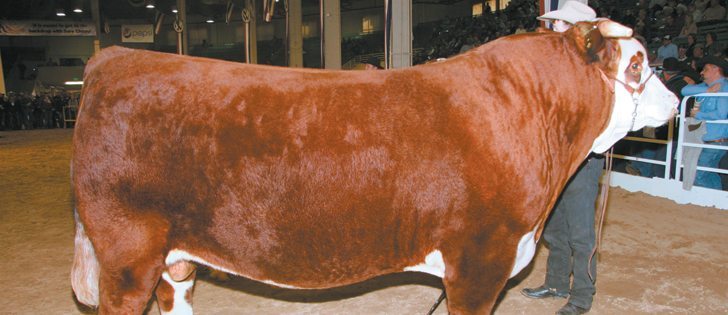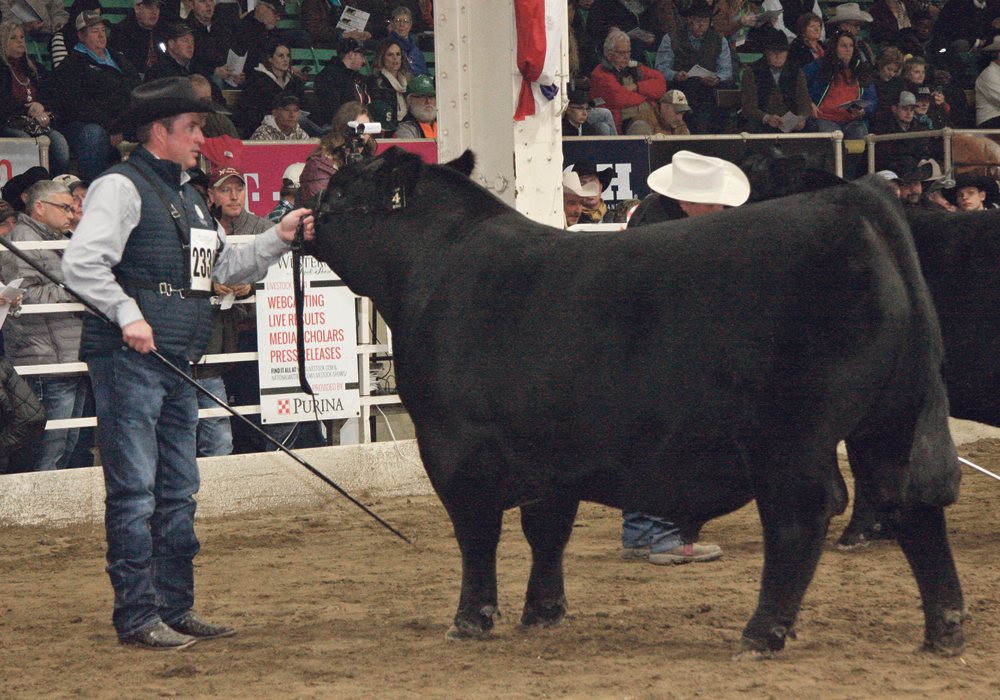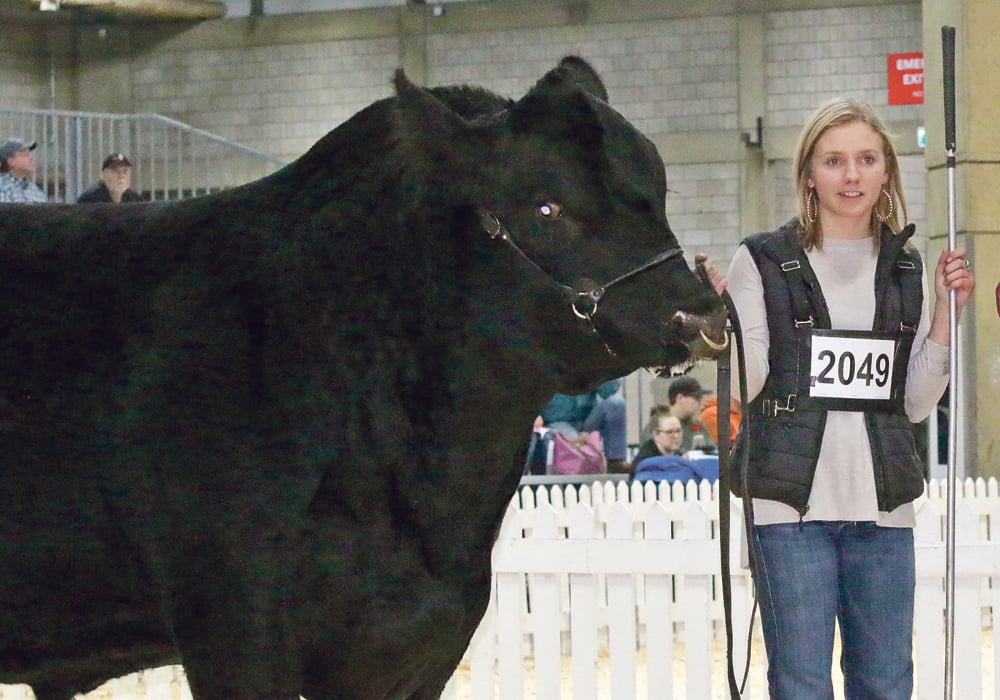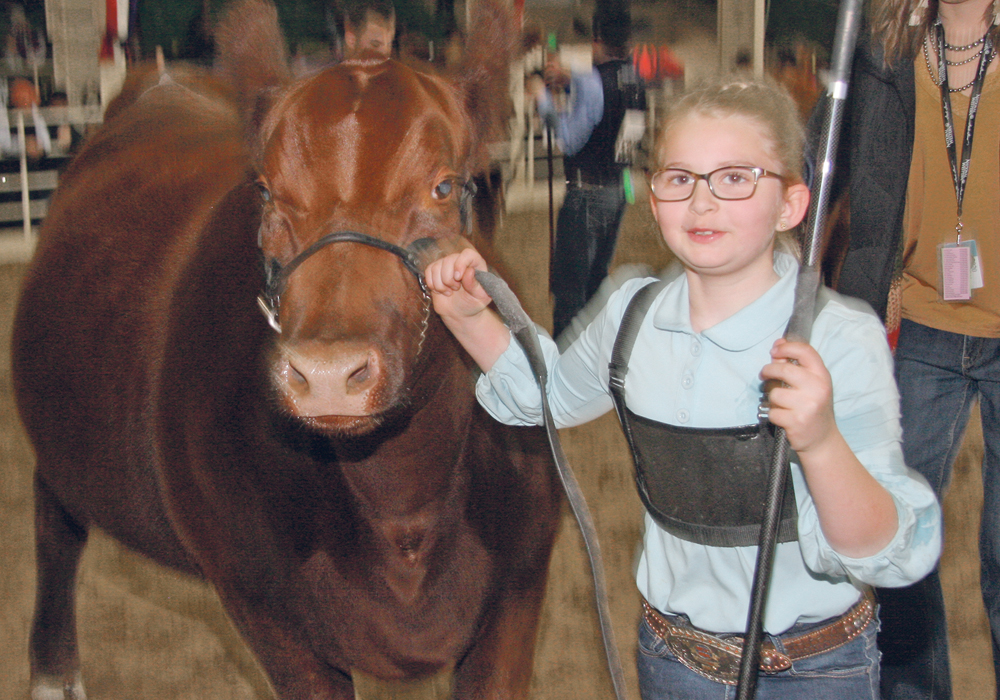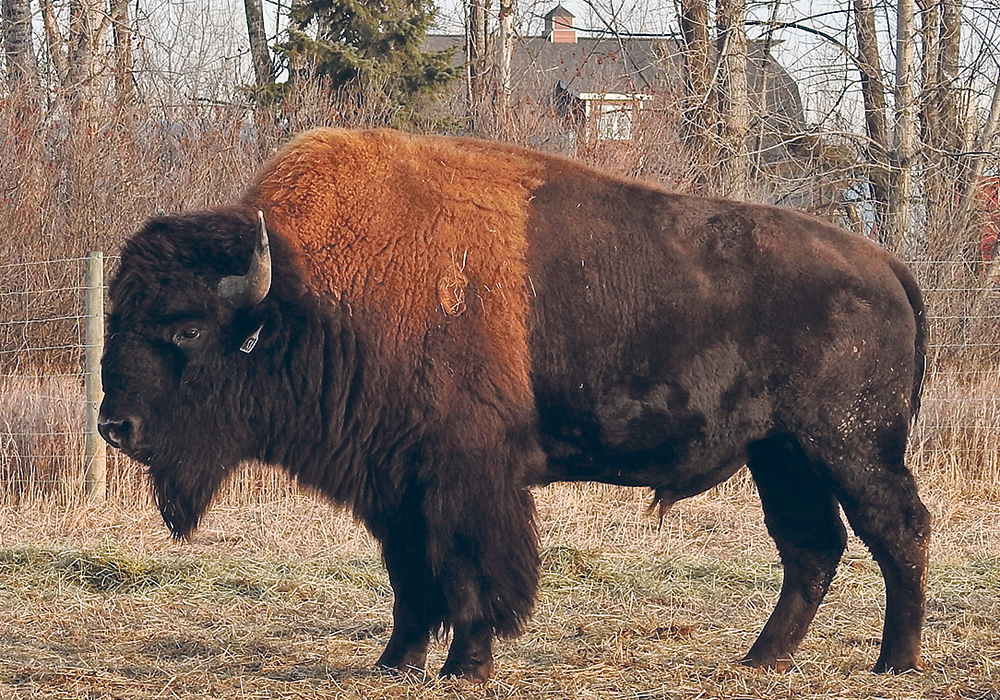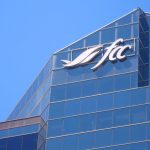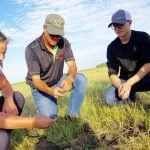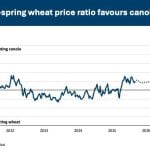DENVER, Colo. — A shadow of a smile crossed Grant Hirsche’s face when his Hereford bull received the judge’s nod at the National Western Stock Show in Denver Jan. 17.
The culmination of an outstanding show career resulted in his bull receiving the reserve grand champion banner at the National Hereford Show held during the stock show.
The two-year-old horned bull, named UPS Uptown ET, is owned by Grant and Annette Hirsche of Okotoks, Alta., Upstream Ranch of Taylor, Nebraska, and William and Sonya Vandergriff of Calhan, Colorado.
Read Also
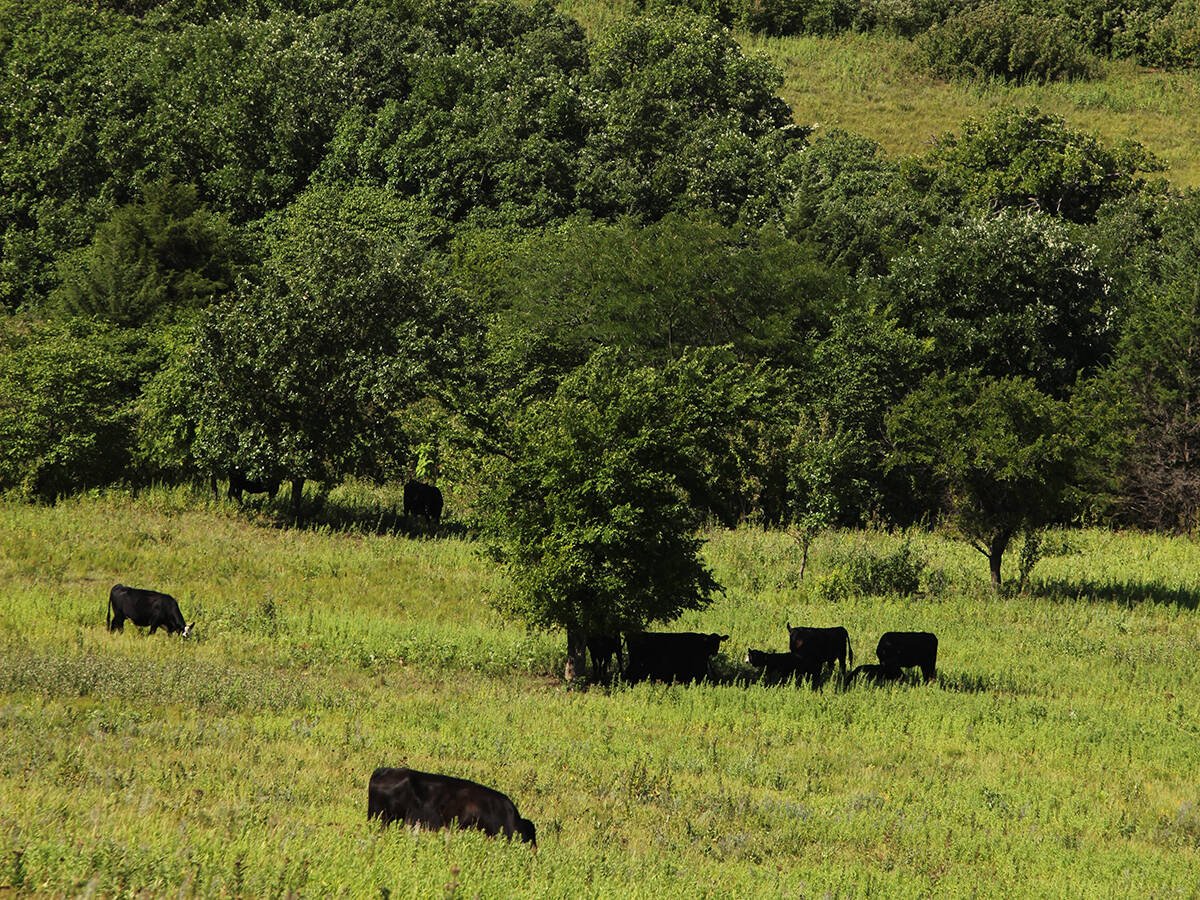
Beef cattle more prone to trace mineral deficiencies
The trace mineral status of our cows and calves is a significant challenge for western Canadian producers and veterinarians.
It was also grand champion at the World Hereford Show in Alberta last summer and supreme champion bull at Canadian Western Agribition in Regina. It is now retiring from the show ring and returning to Hirsche’s ranch near Calgary.
The grand champion bull came from Richard and Shirley Thomas of Gold Creek, Montana, and is a half brother to the Hirsche bull.
“The judge said it was the hardest decision he ever had to make,” Hirsche said after the show.
Judge Hampton Cornelius praised the cattle as being working herd sires rather than show bulls.
“There are too many people who say these are just show bulls but not real bulls,” Hirsche said.
“We have been trying hard for years to develop bulls that will help the breed move forward.”
Hirsche said he ultimately wants sound working cattle to produce better beef. He owns a butcher shop in Okotoks, Alta., where customers are demanding AAA beef that should come from bulls of similar breeding to his champion.
“Today, with modern technology, you can ultrasound the sire and you can find out what is under the hide,” he said.
“If you don’t have that data, you don’t know what they are going to produce.”
Calves from UPS Uptown ET are just being born. Ultrasound tests show it is in the top five percent of the breed for marbling, and its carcass EPDs are in the outstanding range, which are highly heritable traits.
Hirsche is among the elite producers of breeding stock, but many of his bulls go to commercial beef producers. Selecting carcass bulls starts with the pedigree, meaning they are sons of good functional cows with records to back up their performance.
After that, he looks at the phenotype and muscling along the top that indicates a large rib eye. Ultrasound tells him precisely what the rib eye and marbling will be.
“I don’t care how good a cattleman you are, you cannot tell what marbling is and the only way you indicate marbling is through pedigrees and through ultrasound,” he said.
“If I know a bull has given good carcasses and good marbling that is very heritable, and then the sons and daughters will have it.”
Glenlees Farm of Arcola, Sask. won the champion polled yearling heifer during the Hereford female show on Jan. 19.


